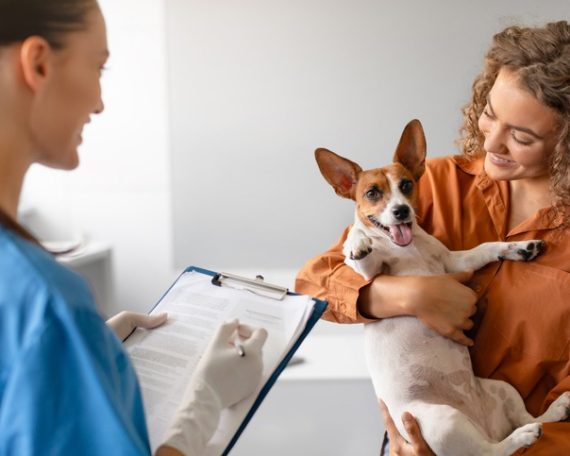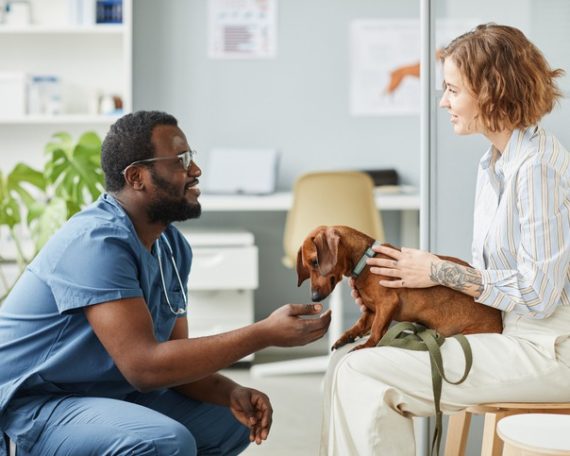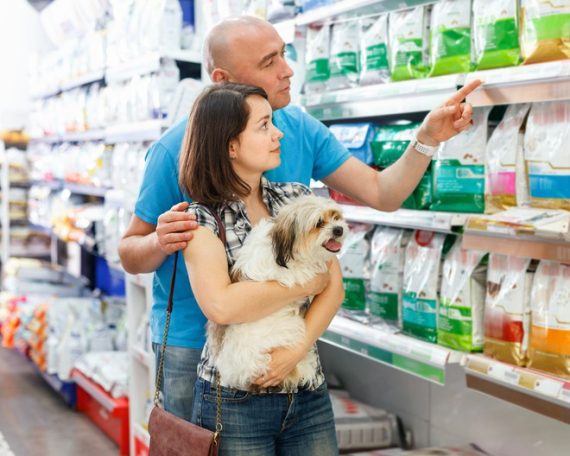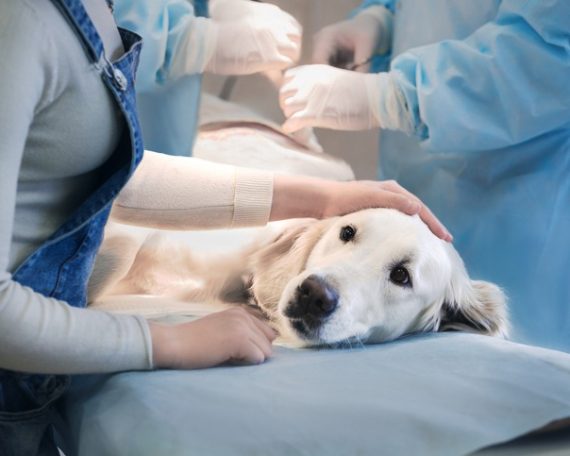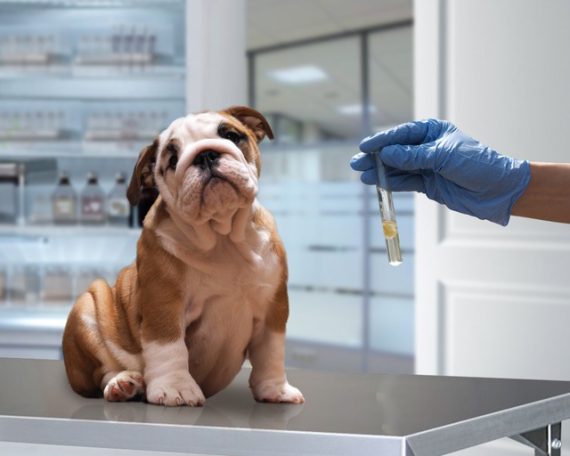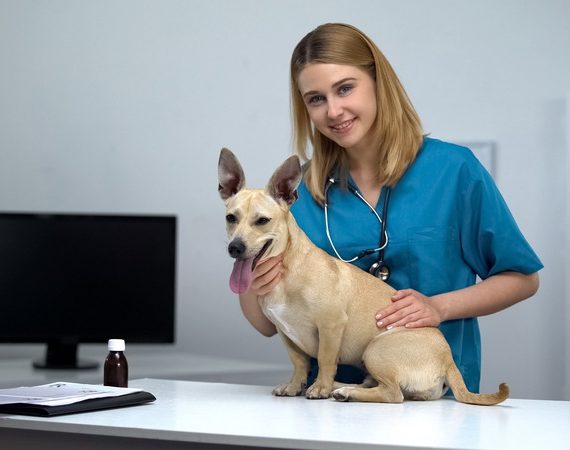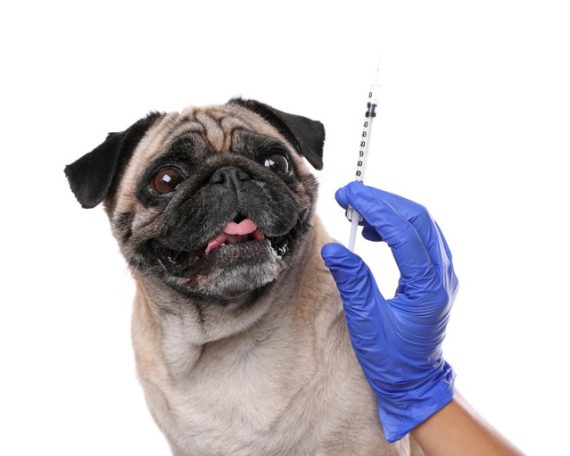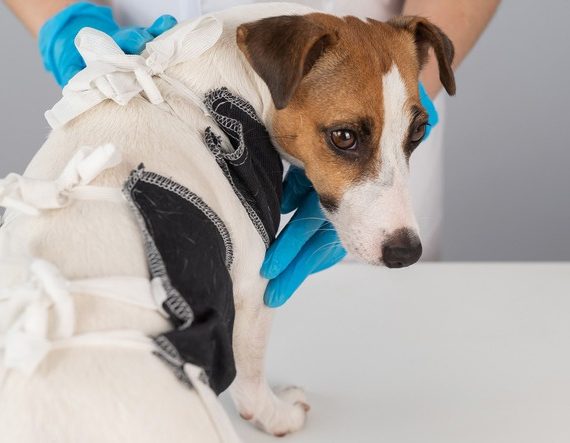How Vet Referral Hospitals Can Help Your Pets in Various Conditions
Veterinary referral hospitals are advanced medical facilities offering specialized services for pets beyond what a general veterinary practice typically provides. These hospitals are staffed by board-certified specialists in fields such as surgery, neurology, and internal medicine, ensuring your pet receives the highest level of care. Referral hospitals are equipped with state-of-the-art diagnostic tools and treatment options, allowing for more precise and effective care.
The Benefits of Specialized Veterinary Care
Veterinary referral hospitals provide numerous benefits, including access to cutting-edge diagnostic and treatment technologies not typically found in general veterinary practices. This level of care is particularly crucial for pets with complex or severe health conditions. For instance, if you’re in Pennsylvania and require extensive care for your pet, searching for a specialized vet Plains, PA, can connect you with local experts capable of offering top-notch medical attention.
Why Choose a Veterinary Referral Hospital
When considering a Veterinary Referral Hospital, it’s important to look for reputable institutions. A valuable first step is to ask your general veterinarian for recommendations; let’s say your pet needs surgery. You can also search online for “vet surgeon near me.” This ensures your pet receives the specialized attention necessary, especially for surgical procedures requiring advanced expertise. Trustworthy referral hospitals also have stringent safety measures and patient care protocols.
1. Specialized Fields in Referral Hospitals
Veterinary referral hospitals encompass a variety of medical specialties, one of the most important being oncology. For pet owners dealing with cancer diagnoses, it’s crucial to find experts specialized in dog oncology. These specialists utilize cutting-edge treatments and therapies, such as chemotherapy and radiation therapy, tailored to manage and potentially overcome complex health issues, ensuring your pet gets the best possible care.
2. Emergency and Critical Care Services
Veterinary referral hospitals often feature dedicated emergency and critical care units designed to handle sudden and life-threatening conditions. These units are staffed by veterinarians specialized in emergency medicine, capable of providing rapid diagnosis and immediate intervention. In the event of an emergency, having access to a facility equipped with advanced life-saving technologies can significantly improve your pet’s chances of recovery. Services may include blood transfusions, oxygen therapy, and emergency surgery. Knowing where the nearest emergency veterinary hospital is located can be invaluable in situations requiring urgent care.
3. Rehabilitation and Physical Therapy
Rehabilitation and physical therapy are crucial for pets recovering from surgery, injury, chronic pain or mobility issues. Veterinary referral hospitals often have dedicated rehabilitation departments staffed with certified rehabilitation therapists. These specialists employ various treatments, such as hydrotherapy, laser therapy, and therapeutic exercises, to facilitate recovery and enhance your pet’s quality of life. Rehabilitation can be particularly beneficial for older pets or those with conditions like arthritis, helping to manage pain and improve mobility.
4. Advanced Imaging and Diagnostic Services
Accurate diagnosis is the cornerstone of effective treatment. Veterinary referral hospitals are equipped with advanced imaging technologies like MRI, CT scans, and ultrasounds, which provide detailed insights into your pet’s health condition. These diagnostic tools enable veterinarians to identify underlying issues that might not be apparent through basic examinations or standard X-rays. Access to such imaging technologies ensures that your pet receives a comprehensive evaluation, leading to precise diagnoses and tailored treatment plans. Additionally, many such hospitals also offer specialized diagnostic tests, including endoscopy and advanced laboratory services, to support comprehensive patient care.
5. Integrative and Holistic Veterinary Care
In addition to conventional treatments, many veterinary referral hospitals offer integrative and holistic care options to support your pet’s overall well-being. Integrative veterinary care combines traditional medical treatments with complementary therapies such as acupuncture, chiropractic care, herbal medicine, and nutritional counseling. These holistic approaches can be especially beneficial for managing chronic conditions, promoting faster recovery, and improving your pet’s quality of life. By addressing both physical and emotional health, integrative care provides a well-rounded approach to treatment, ensuring that all aspects of your pet’s health are considered and treated.
6. Behavioral and Psychological Support
Behavioral issues can significantly impact a pet’s quality of life and their relationship with their owners. Veterinary referral hospitals often have specialists in animal behavior who can diagnose and treat a range of behavioral problems, from anxiety and aggression to compulsive behaviors. These experts utilize a combination of behavioral modification techniques, environmental adjustments, and, when necessary, pharmaceuticals to address underlying issues. Comprehensive behavioral support is essential for ensuring your pet’s emotional well-being and can help create a more harmonious living environment.
Preparing for a Visit to a Veterinary Referral Hospital
Preparing for a visit to a Veterinary Referral Hospital involves several steps to ensure a smooth experience. Before your appointment, gather all relevant medical history, test results, and any current medications your pet is taking. During the initial consultation, expect a thorough examination and a detailed discussion about potential diagnostic tests and treatment plans. To ease your pet’s anxiety, consider bringing a favorite toy or blanket to make them more comfortable.
Final Thoughts
Veterinary referral hospitals provide essential specialized care that can significantly improve your pet’s health outcomes. By seeking out these advanced medical facilities, you ensure your pet receives the comprehensive and expert care they need. Don’t hesitate to consult your general veterinarian for referrals or recommendations to a specialized hospital. Your pet’s health and well-being are worth the effort.

